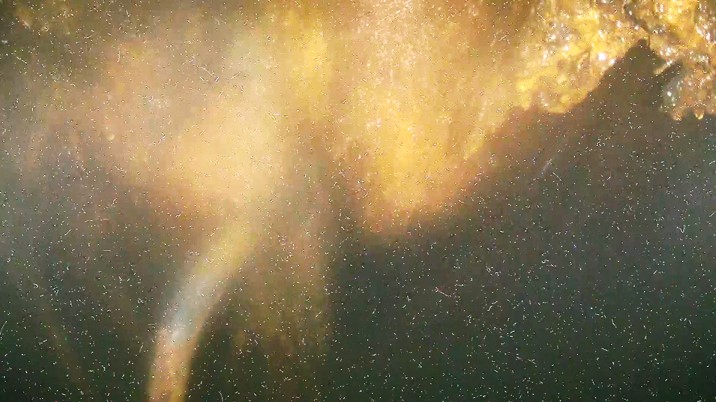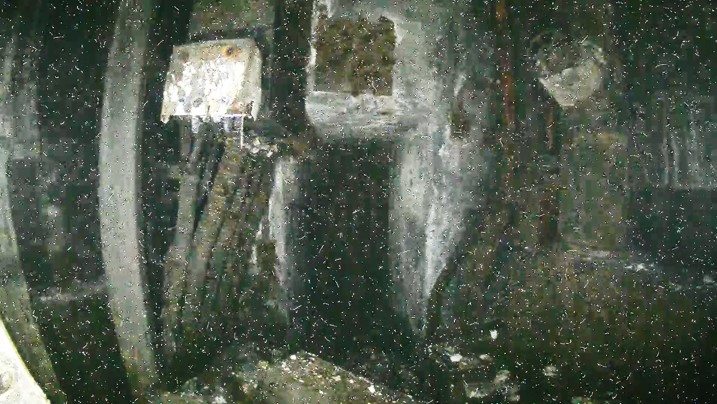A snake-like robot and mini drones have ventured deep inside the irradiated reactor of the Fukushima Daiichi Nuclear Power Station in Japan. As shown in their new images, the clean-up operations still have some way to go 13 years after the catastrophic nuclear meltdown.
Tokyo Electric Power Company Holdings (TEPCO), the electric utility company that operated the plant and runs its decommissioning program, carried out its latest internal investigation of the Fukushima plant’s Unit 1 reactor in March 2024.
Unit 1 was the epicenter of the disaster when it went into meltdown on March 11, 2011. An earthquake followed by a tsunami flooded its backup generators, cutting power to the pumps that continuously douse the reactor core with coolant liquid. Intense heat built up and a full meltdown eventually occurred, releasing dangerous amounts of radiation into the surrounding environment.
In their latest step to clean up the area, TEPCO sent robotic probes in the bowels of this reactor to examine the core and its melted nuclear fuel. Their aim is to learn about the condition of the spent fuel to facilitate its removal so the plant can be decommissioned.
It marks the first time they’ve managed to return with images from inside the “pedestal” of reactor Unit 1.

TEPCO are still trying to identify the orange clump-like structures, but they are likely to be melted fuel or equipment.
Image credit: TEPCO
Deep within Unit 1, the robots took images of “icicle-like adhesions” and “clump-like objects” hanging off the walls of the reactor. These unusual features are likely to be the product of fuel or equipment that melted during the super-hot meltdown, but became set and solid when they later cooled.
“Very useful information has been obtained,” a TEPCO official said at a news conference on March 18, according to The Asahi Shimbun.
Unit 1 isn’t the only portion of Fukushima that needs to be cleared up. Meltdowns also occurred in reactors Unit 2 and Unit 3. Unit 4 was also damaged by an explosion from Unit 3, although there was no fuel in the reactor at the time. It’s estimated that the three impacted reactors contain an estimated total of 880 tons of melted fuel debris, all of which TEPCO hopes to remove during their decommissioning efforts.

Another look inside Unit 1.
Image credit: TEPCO
The decommissioning of the Fukushima Daiichi Nuclear Power Station has made progress. In 2023, they finally went ahead with their controversial plan to dump treated water from the Fukushima nuclear disaster into the Pacific Ocean, marking a significant milestone in its clean up.
However, there have been a considerable number of setbacks. In 2017, the ruins of Fukushima were dubbed a “robot graveyard” owing to the number of remote-controlled probes that had broken inside the irradiated facility.
TEPCO has said the full decommissioning of the plant will “require 30 to 40 years”, but critics say this is naively optimistic.
Source Link: First Images Inside Fukushima's Nuclear Reactor Show "Icicle-Like" Structures